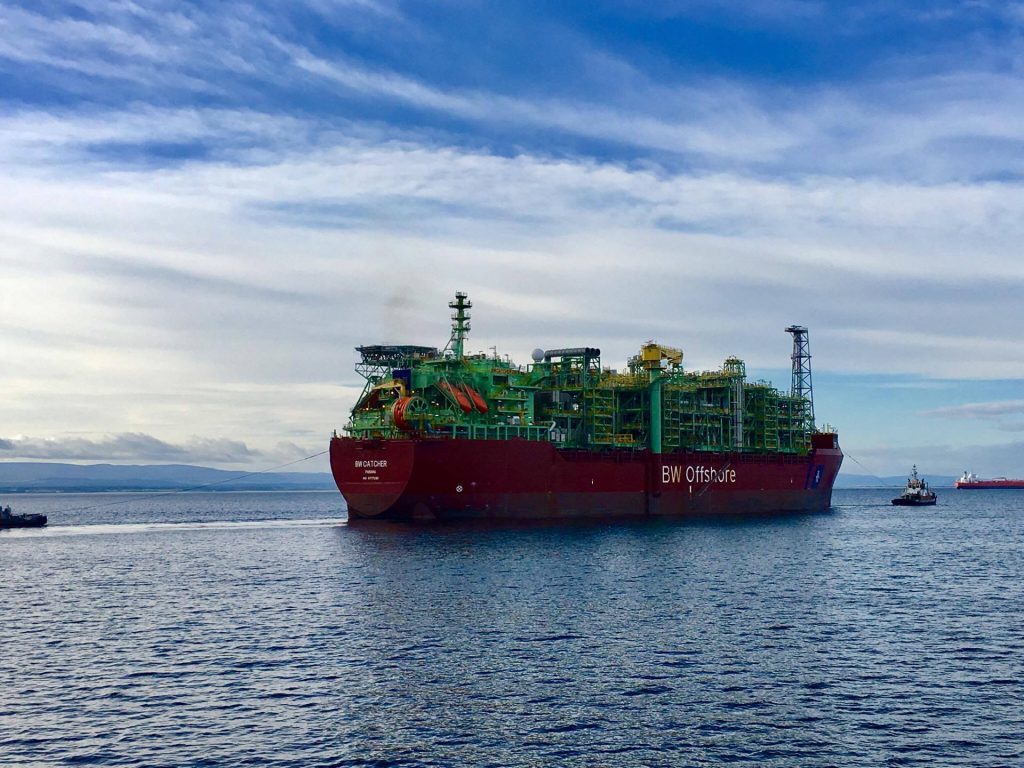
Hungarian oil firm MOL Group said it owed an upsurge in 2017 profits to “strong financial and operational delivery” across the business.
Upstream earnings at the Budapest-based company rose by more than a quarter last year due to higher Brent crude prices and “cost discipline”.
Daily production averaged 107,400 barrels of oil, slightly below the yearly guidance due to a lower contribution from its UK North Sea assets.
In the fourth quarter of 2017, UK output was down 4,000 barrels per day year-on-year because of the shutdown of the Forties pipeline for three weeks in December.
Meanwhile, output from the Scolty and Crathes fields, 50%-owned by MOL, has been constrained due to the wax in the pipeline.
The Catcher field, operated by Premier Oil, produced first oil in December and has delivered an excellent performance since then, according to MOL, which has a 20% stake in the asset.
Full-year net sales at MOL totalled £11.8billion, 16% higher than in 2016.
Pre-tax profits rose 34% year-on-year to £1billion.
In December, Reuters reported that MOL had hired Bank of America Merrill Lynch to manage the sale of its UK North Sea business
The company entered the North Sea in 2013, taking over assets worth £220million, including non-operated stakes in the Broom field, interests in the Catcher, Cladhan, Scolty and Crathes developments and a share in Shetland’s Sullom Voe terminal.
MOL’s upstream portfolio includes oil and gas exploration assets in 13 countries, with production activity in eight.
MOL chief executive Zsolt Hernadi said: “I am glad to say that 2017 was another year of delivering strong financial results, but equally importantly it was also a year of visible progress along our transformation journey set out in the MOL 2030 strategy.
“We comfortably beat our upgraded earnings targets with increasing contribution from all businesses.
“We are starting 2018 with a strong momentum with crucial investment decisions ahead of us.”

